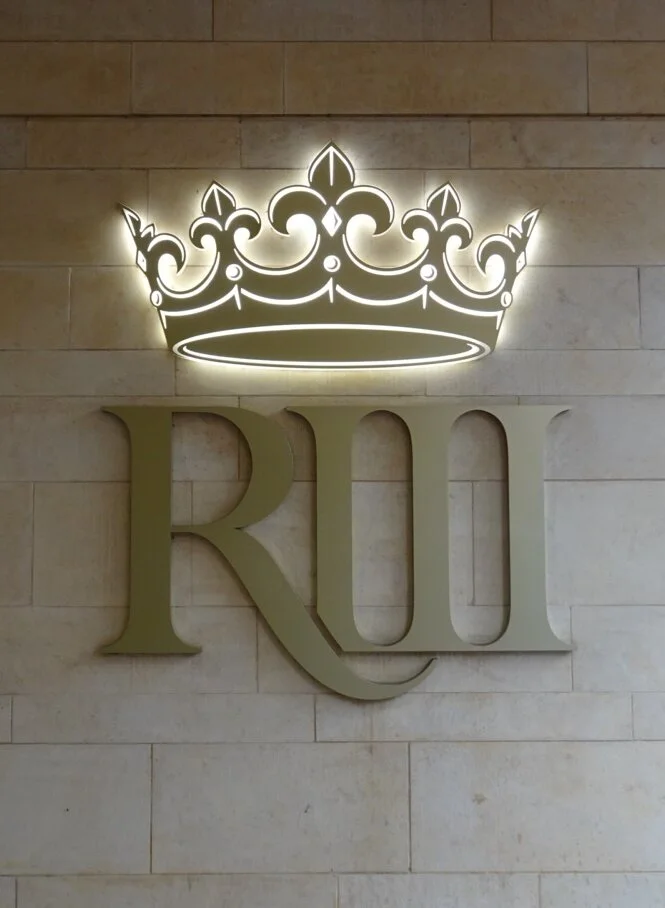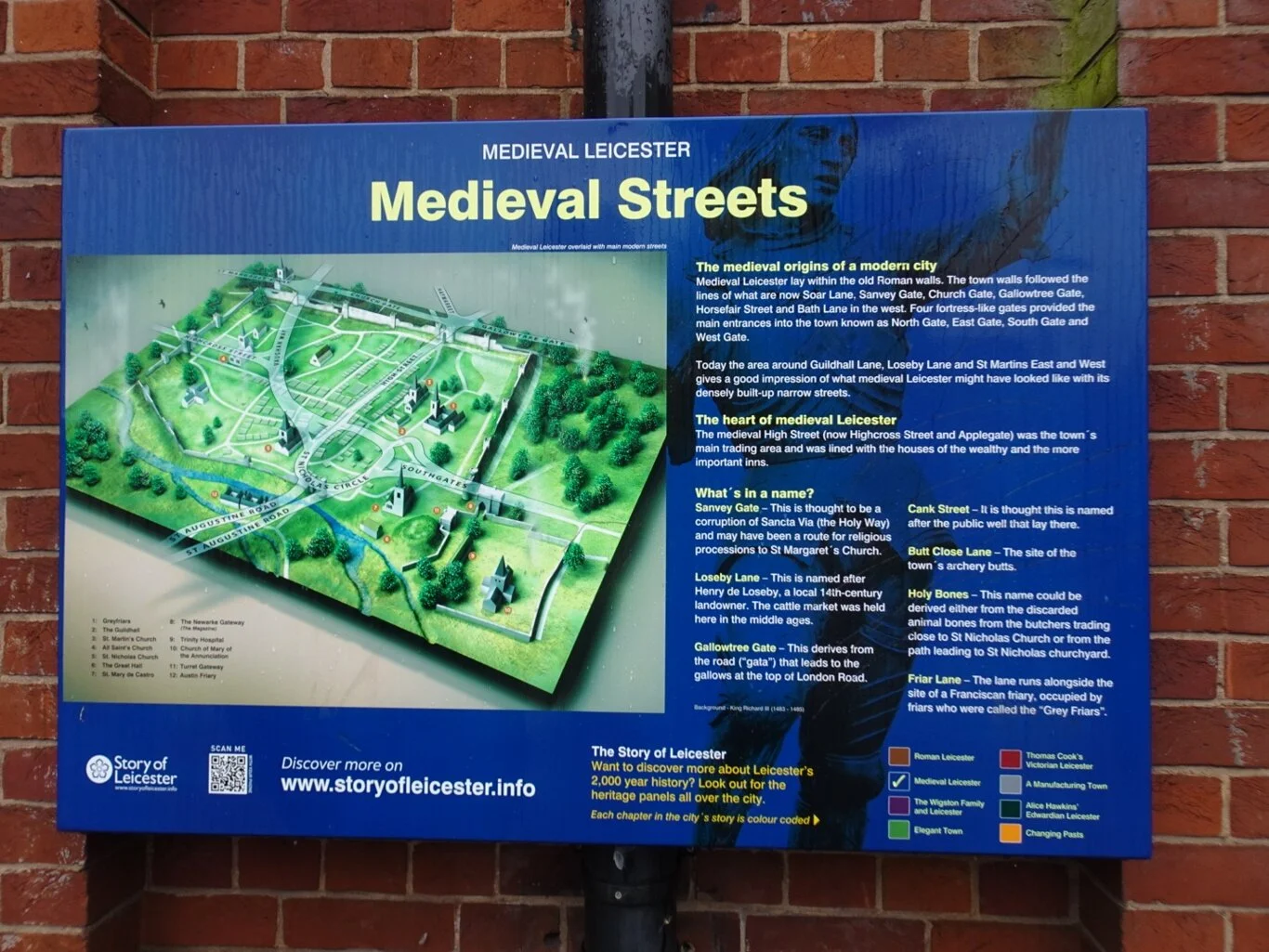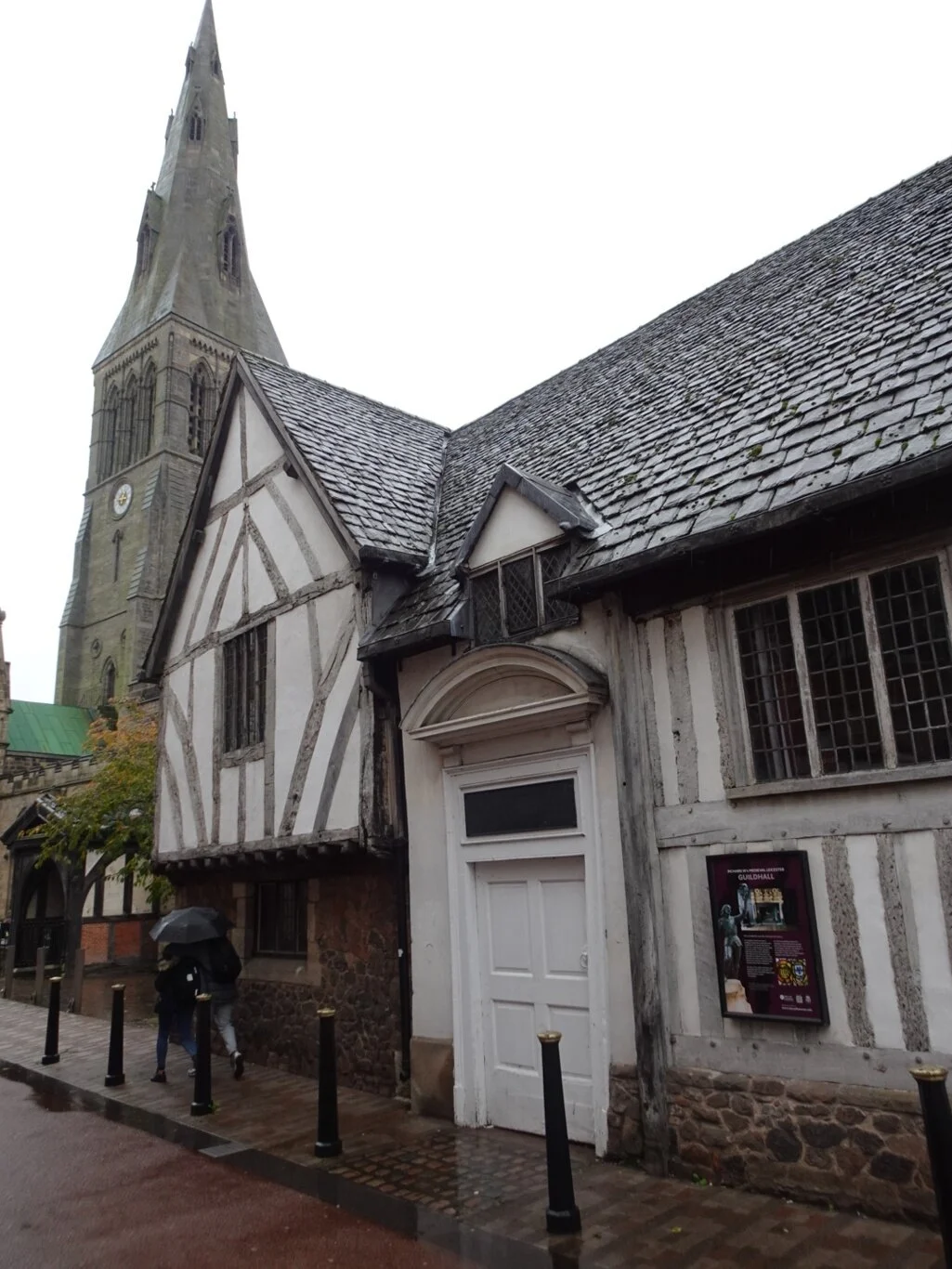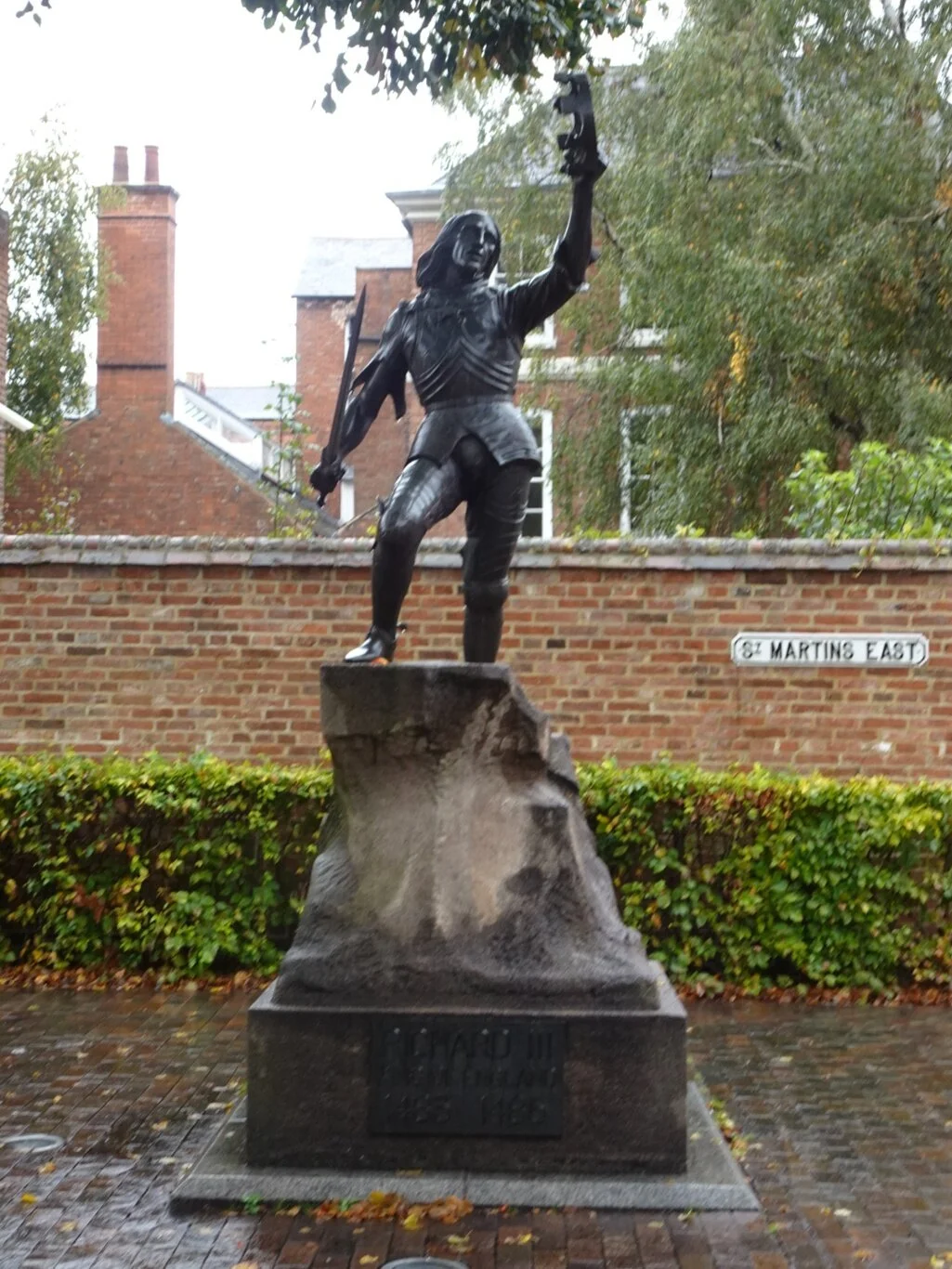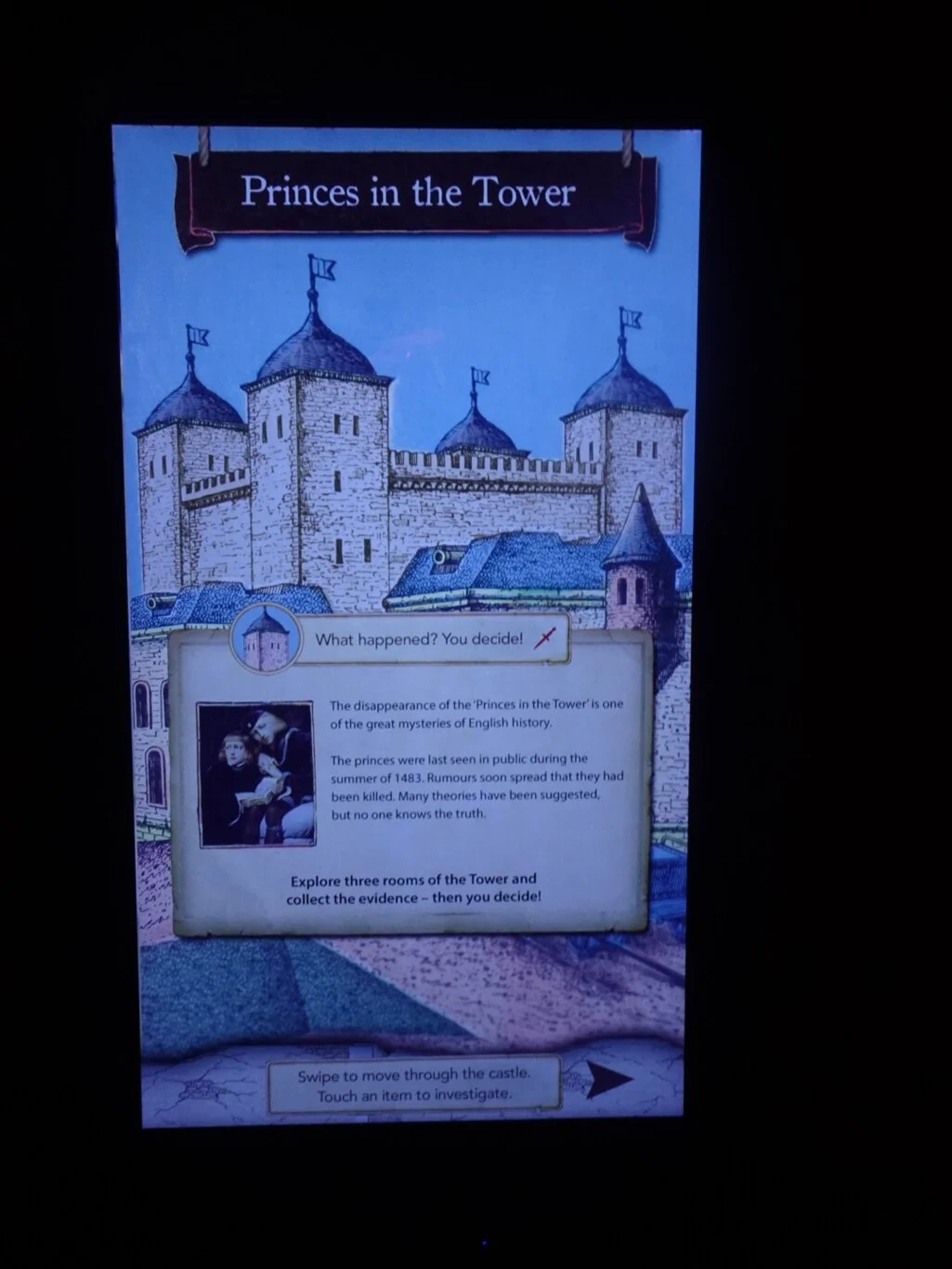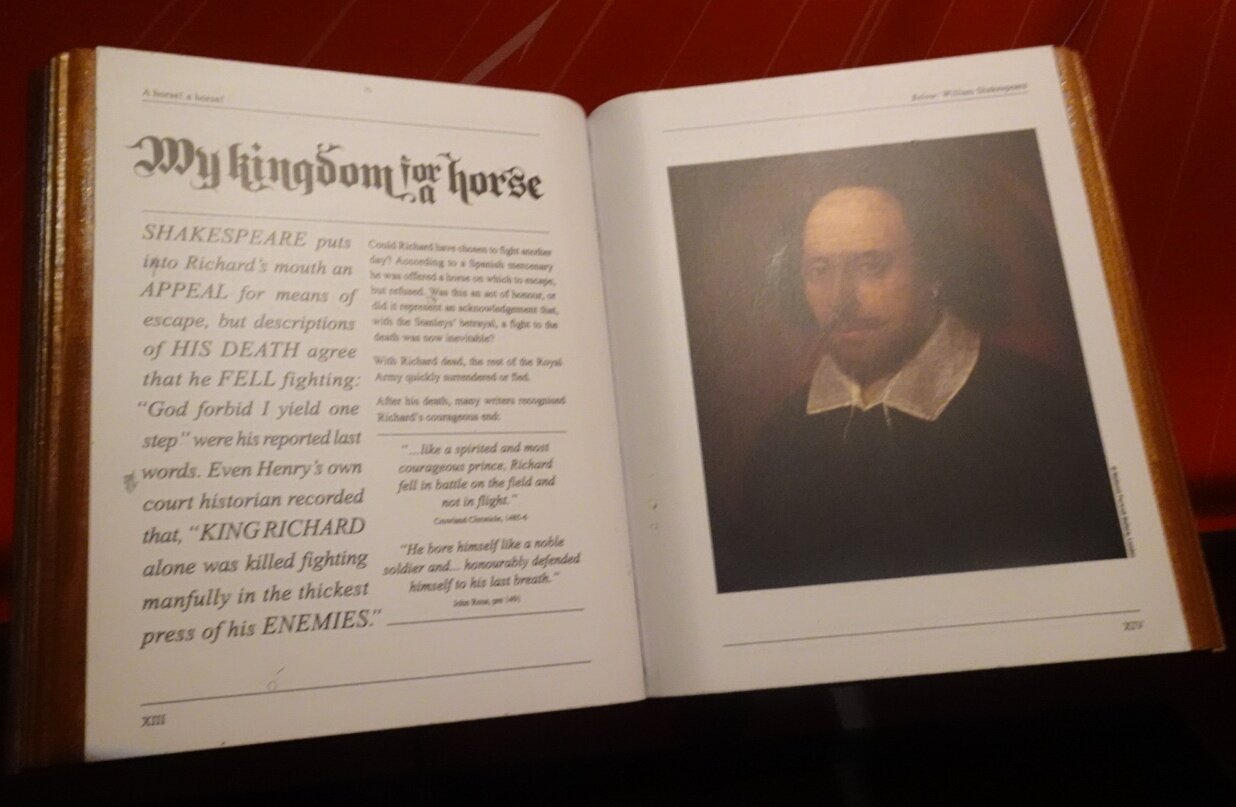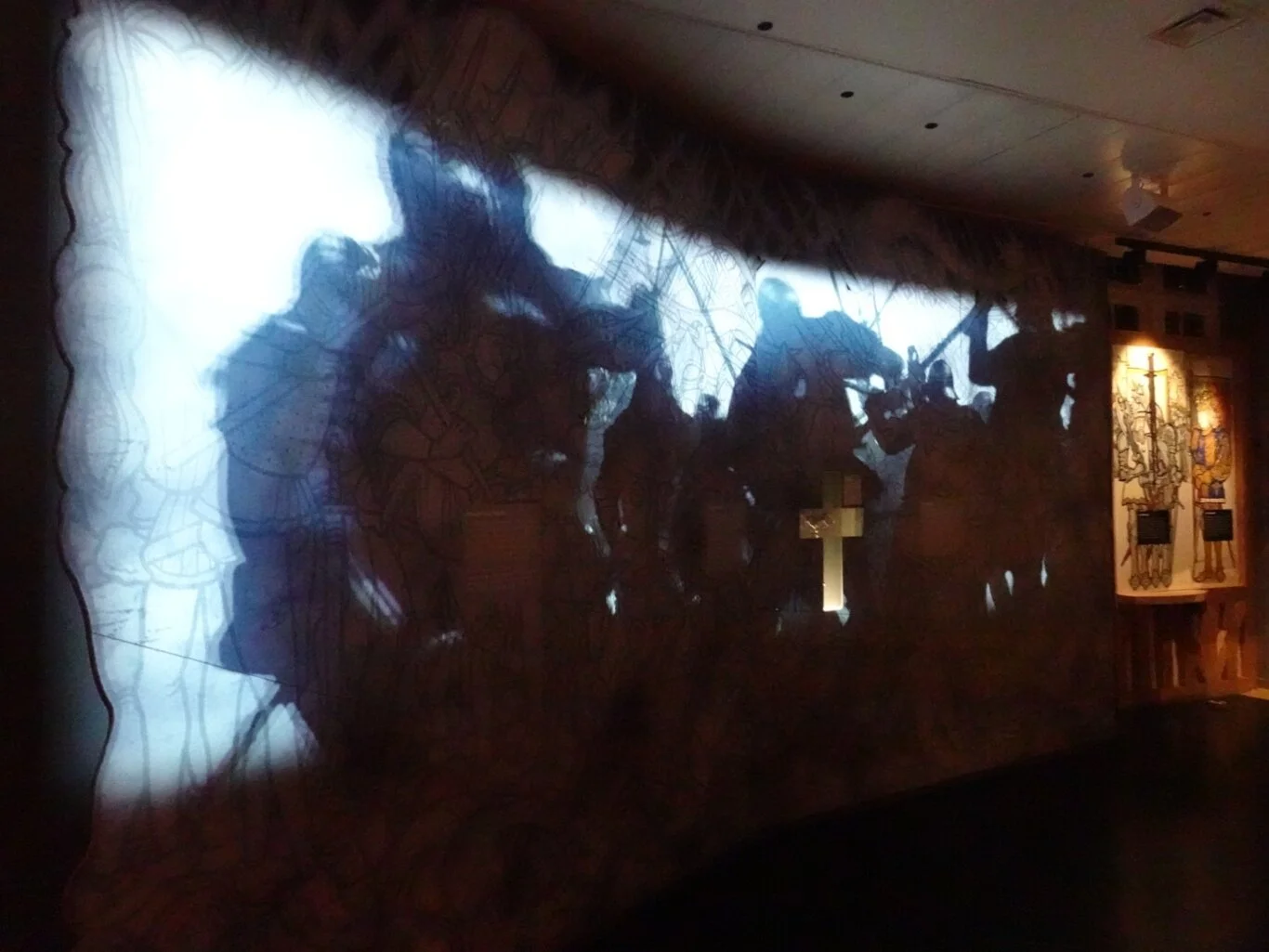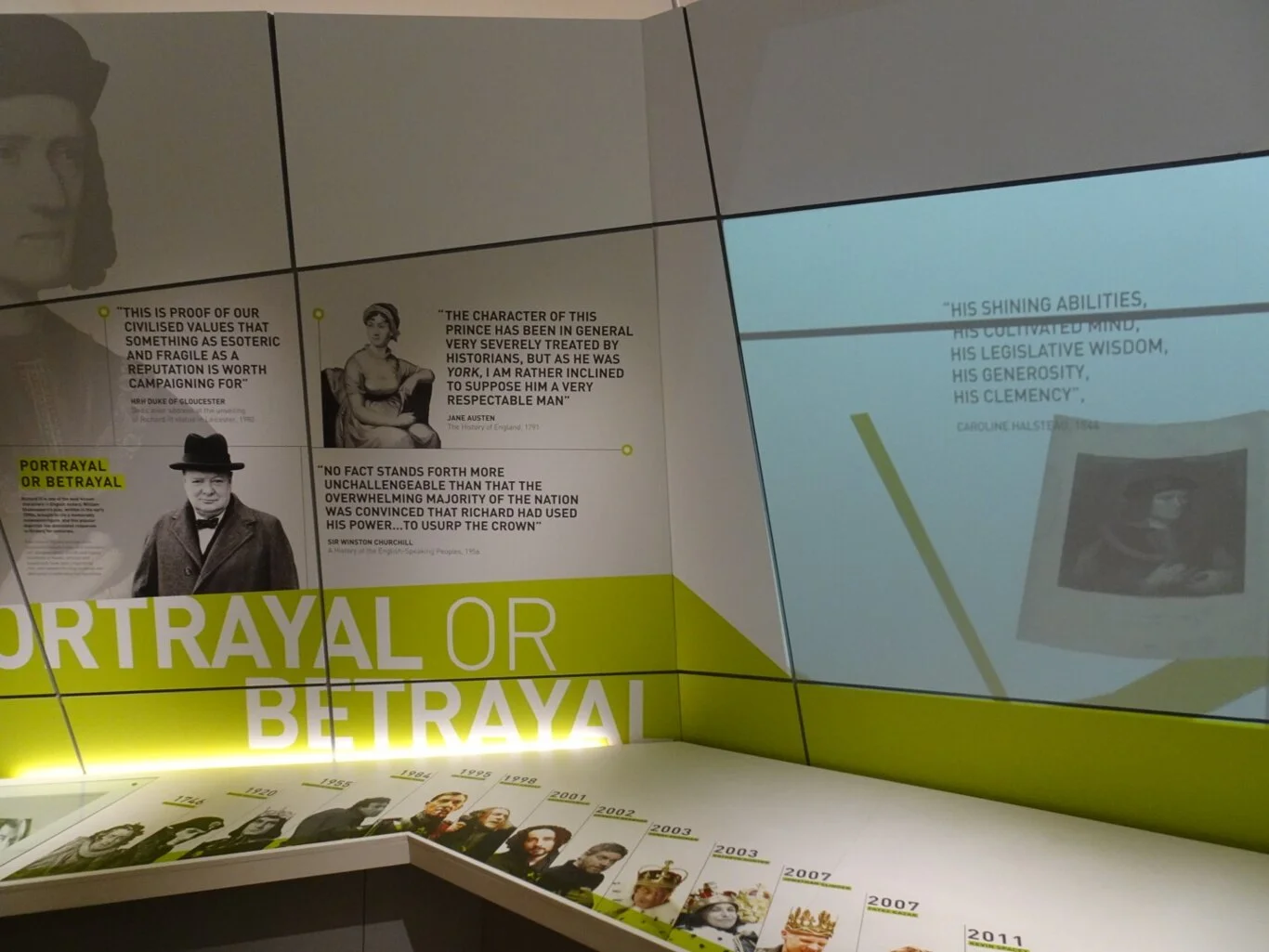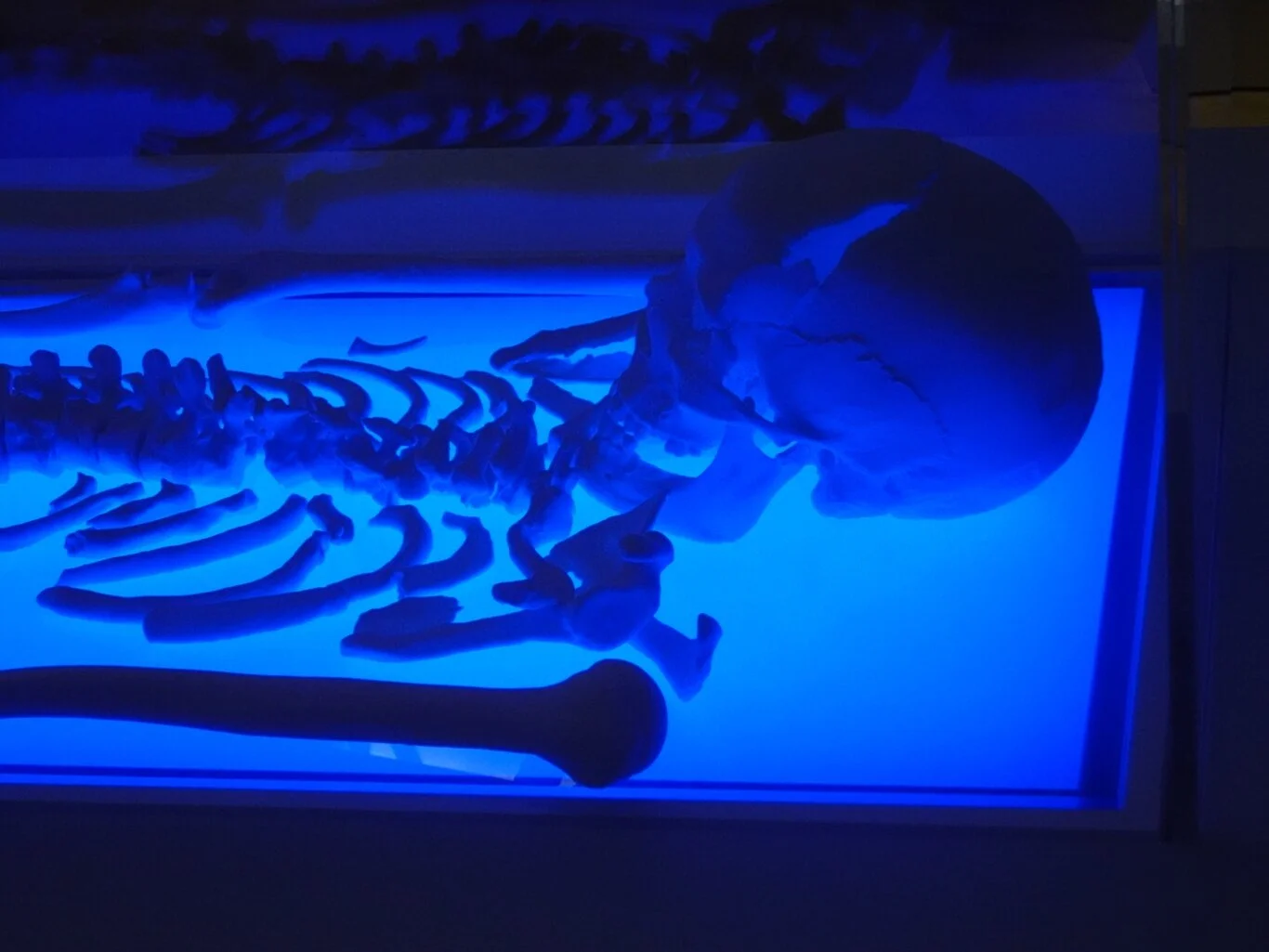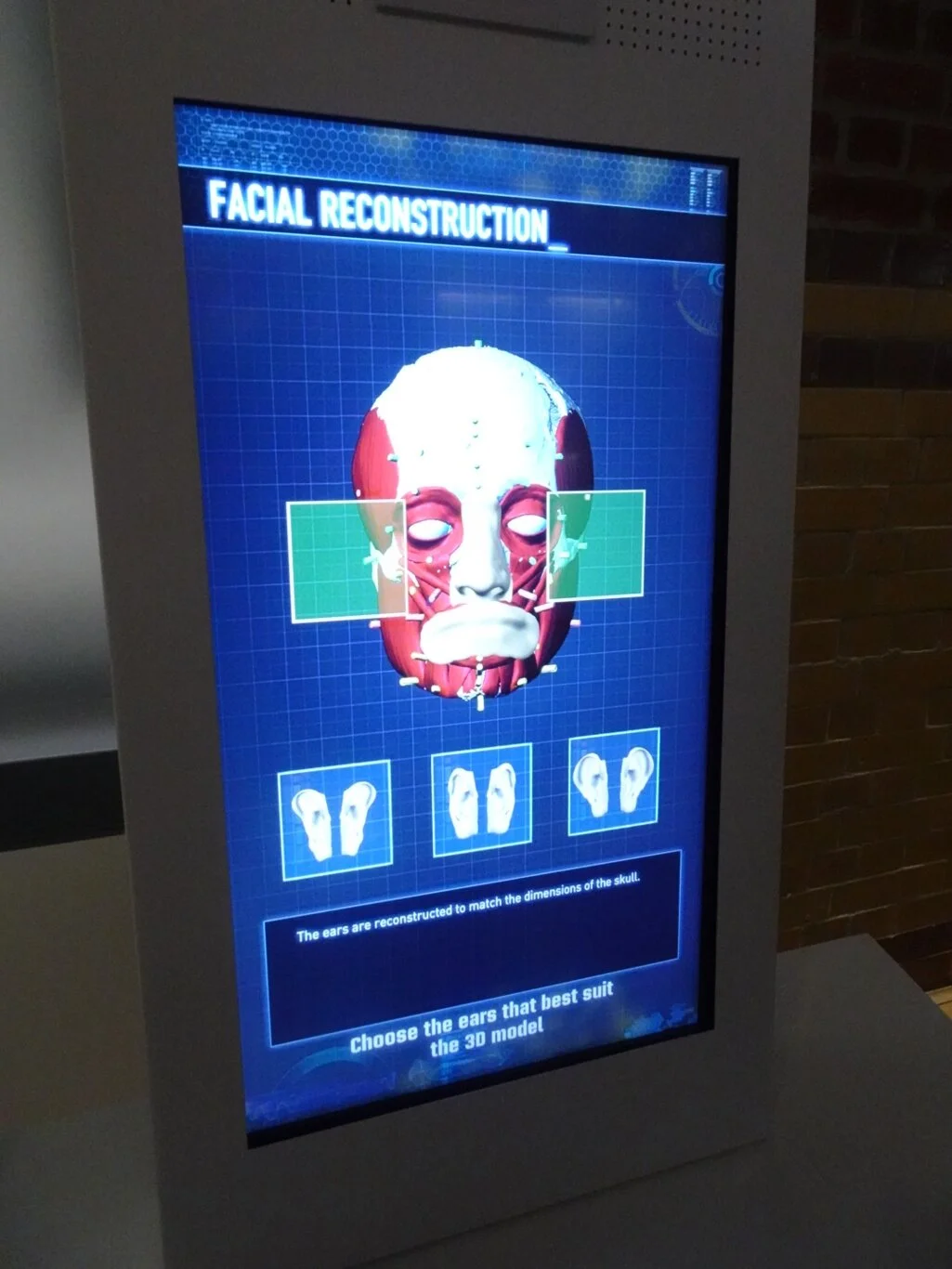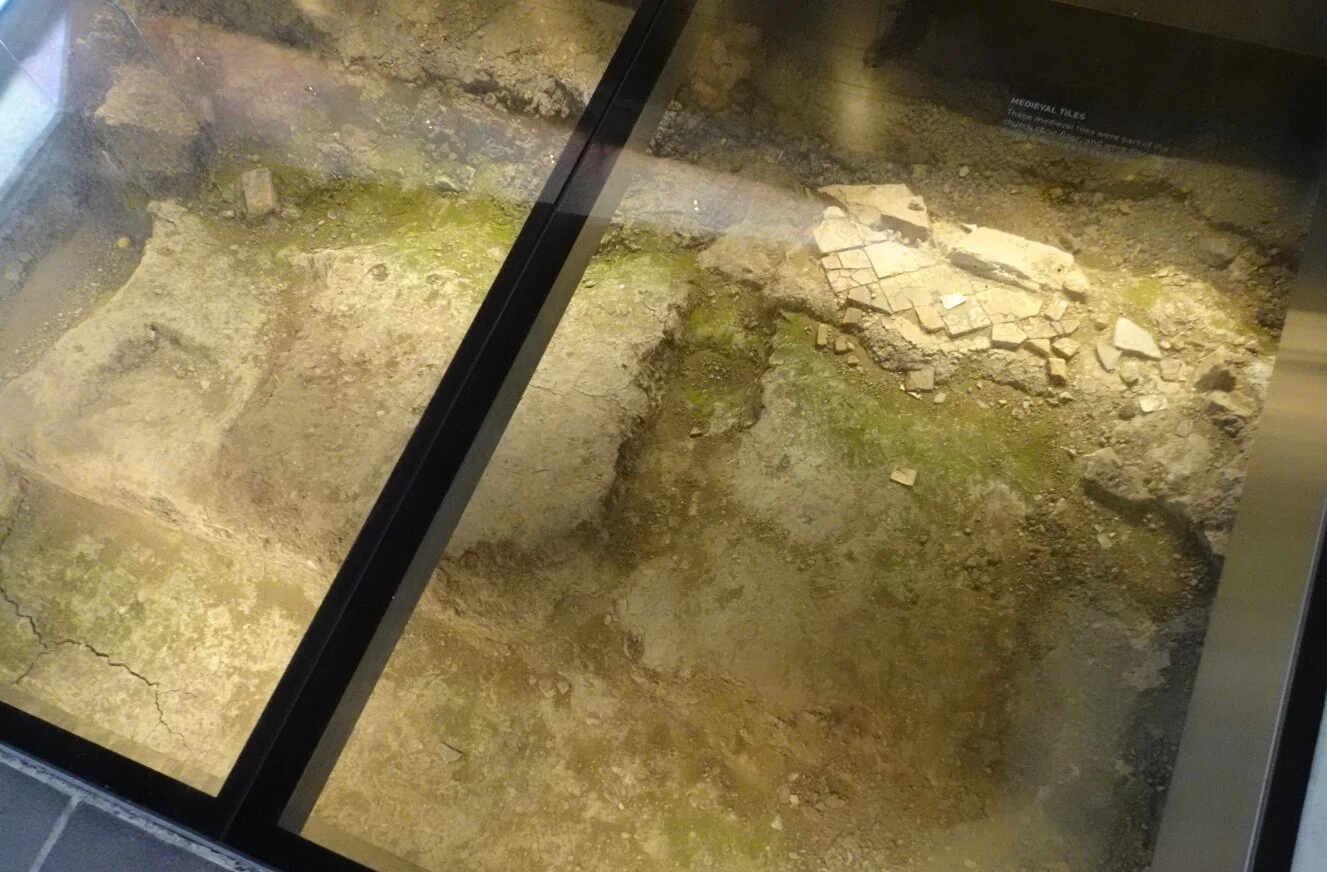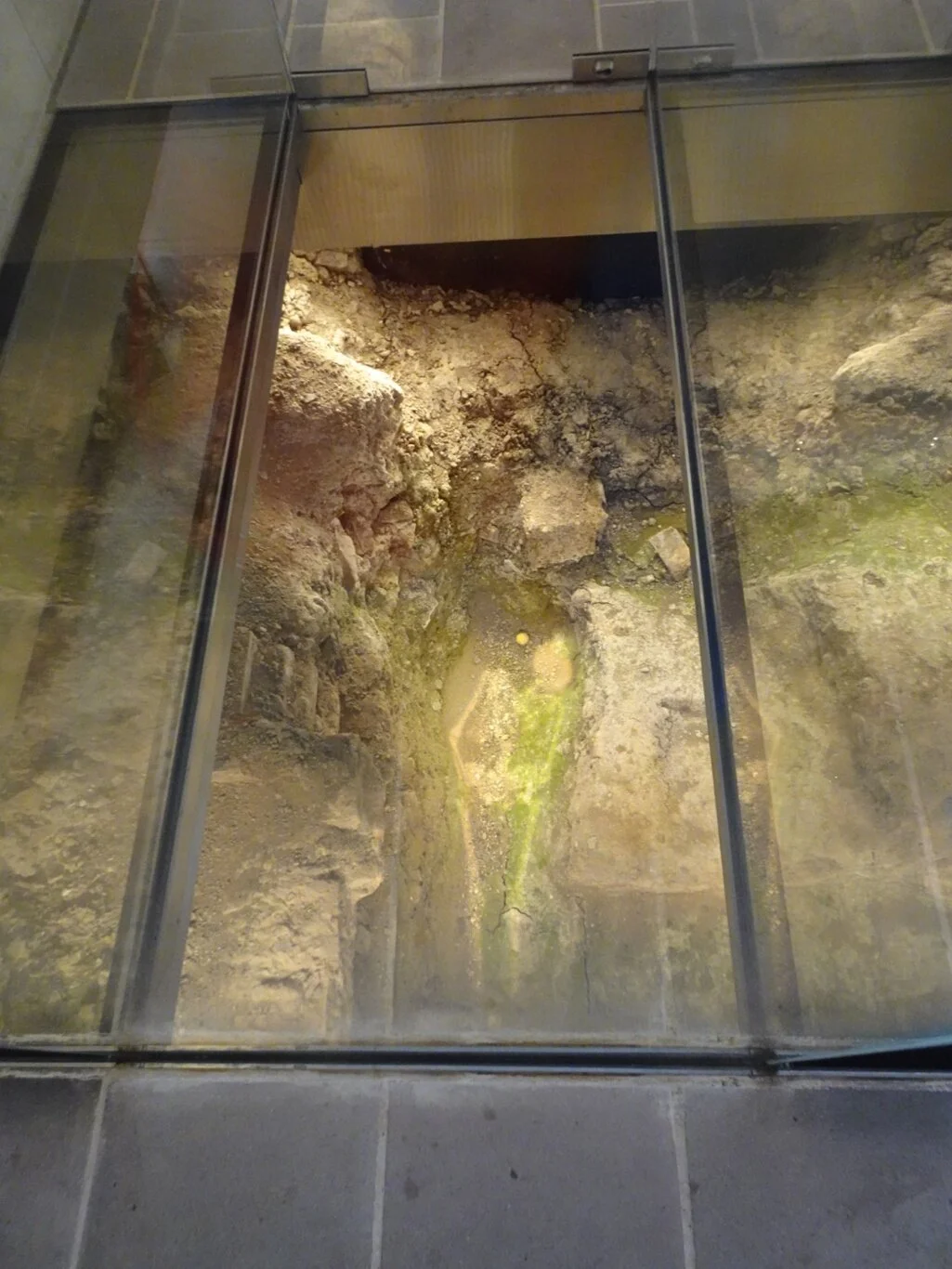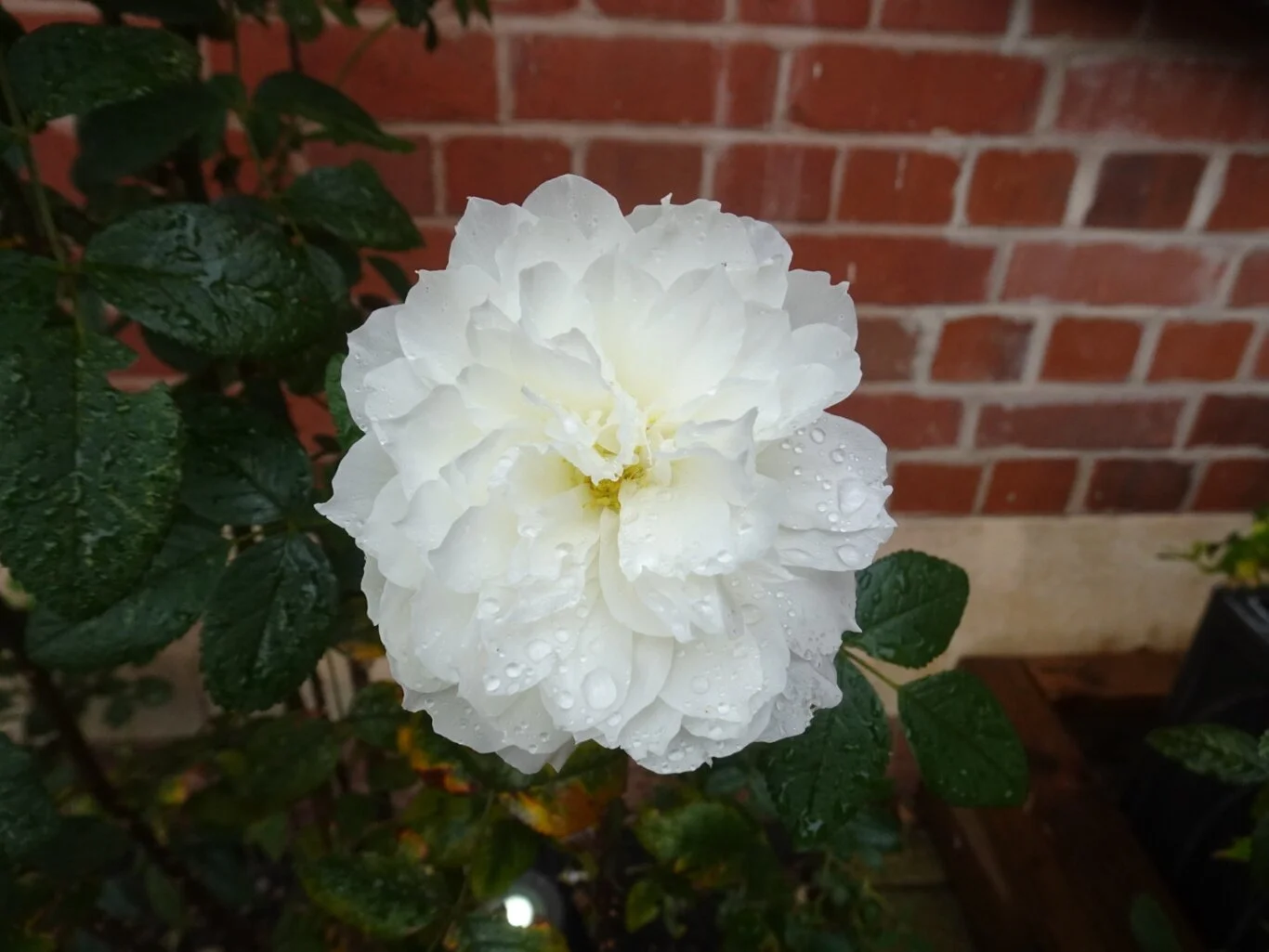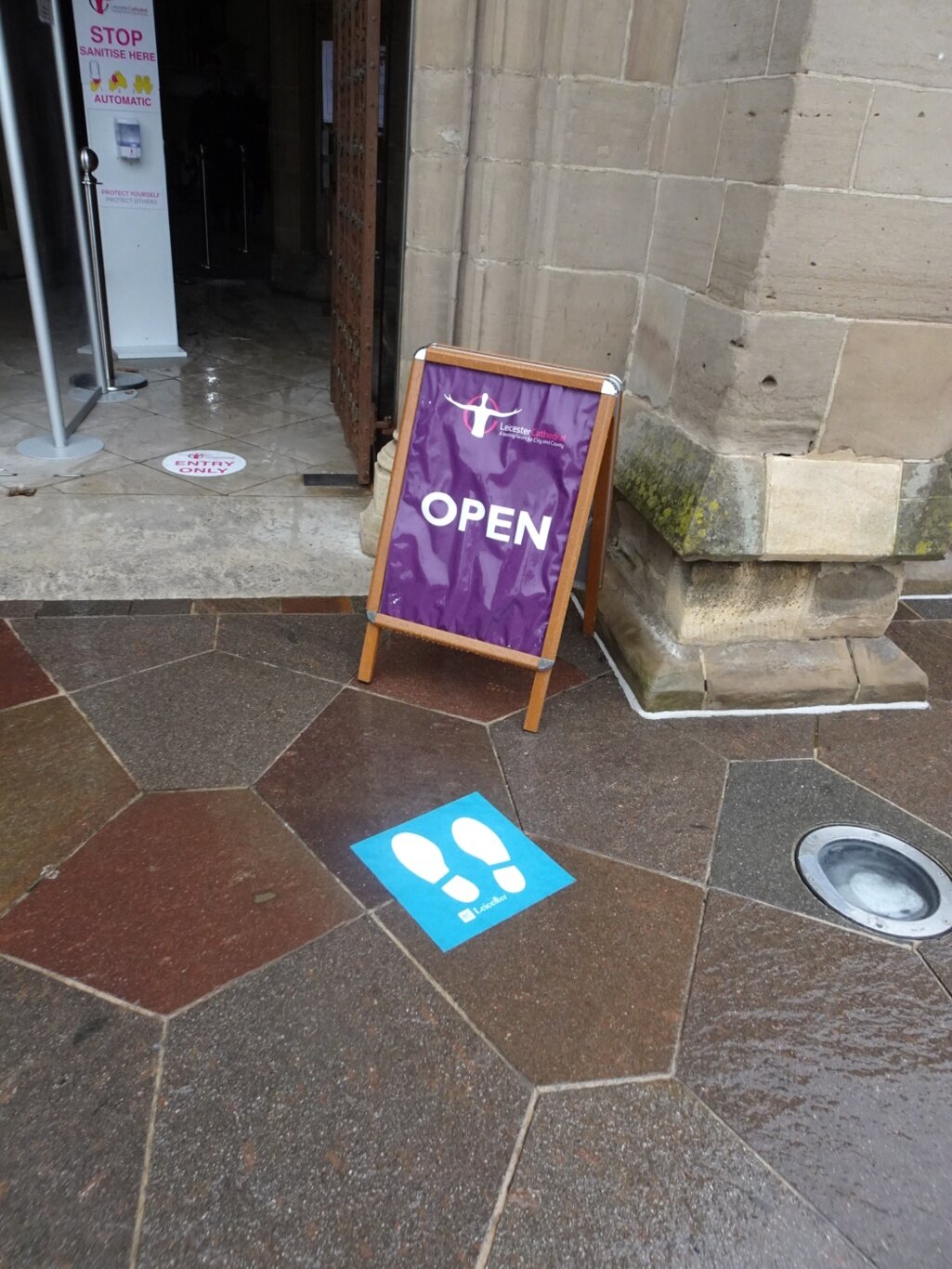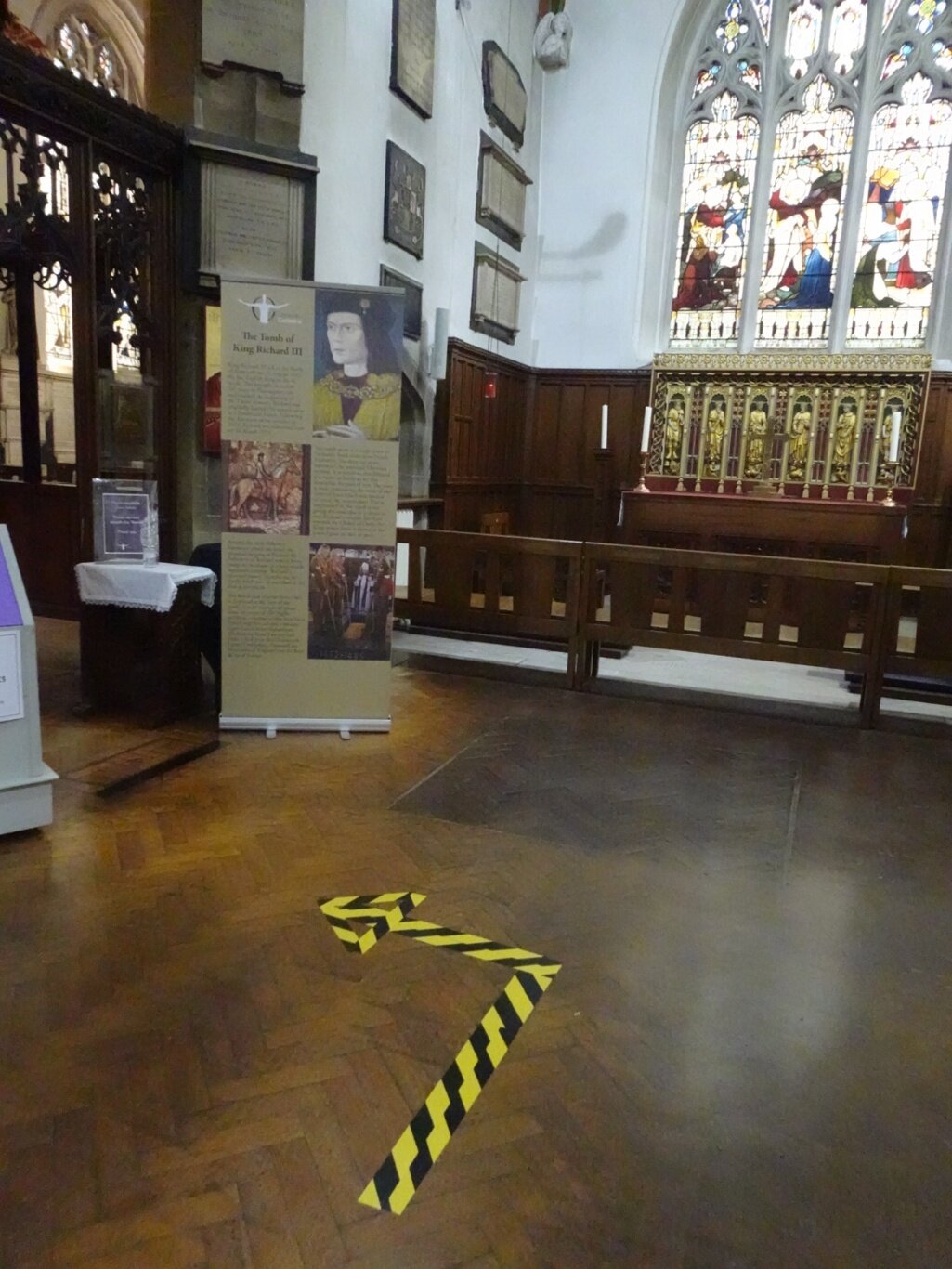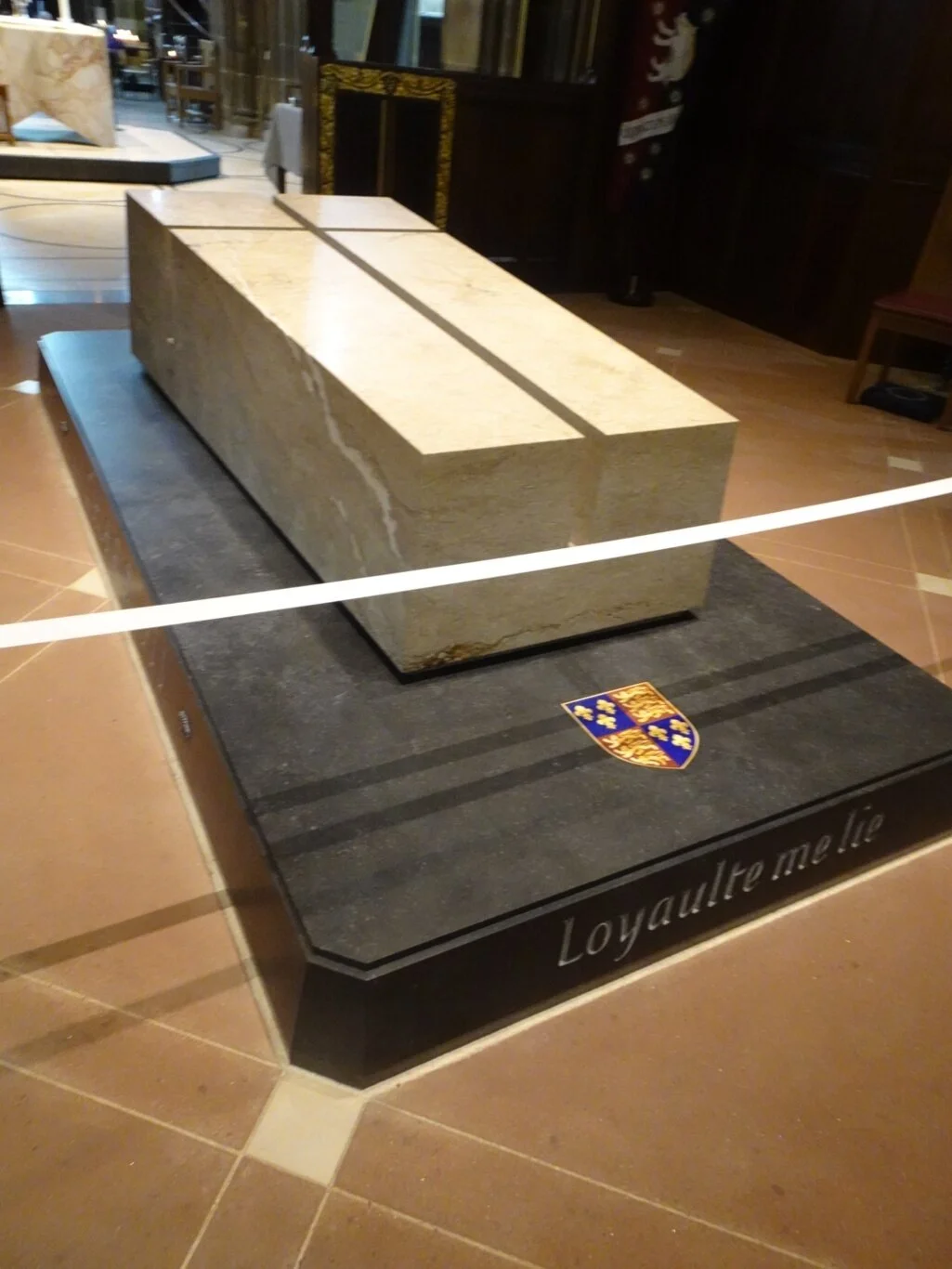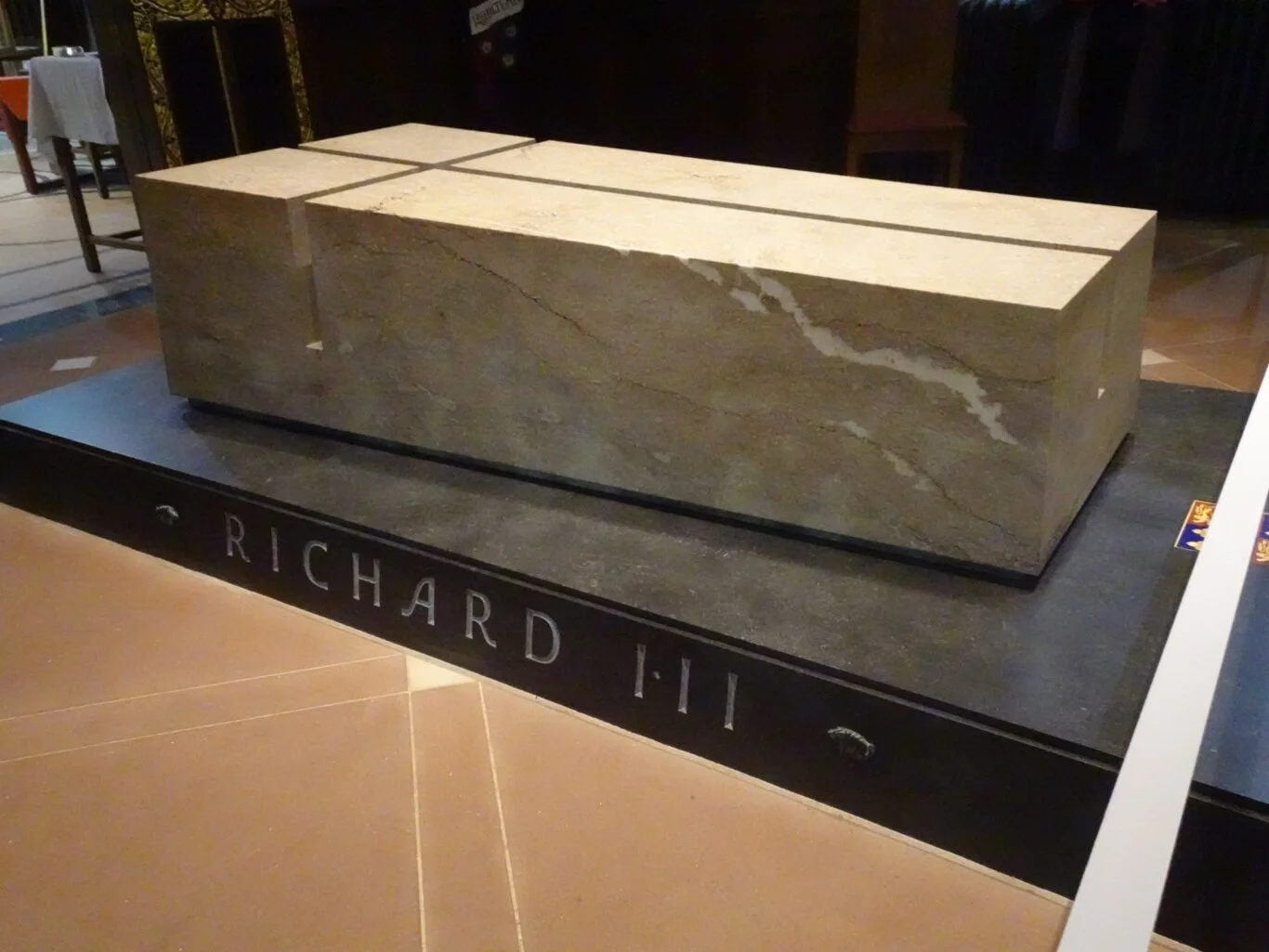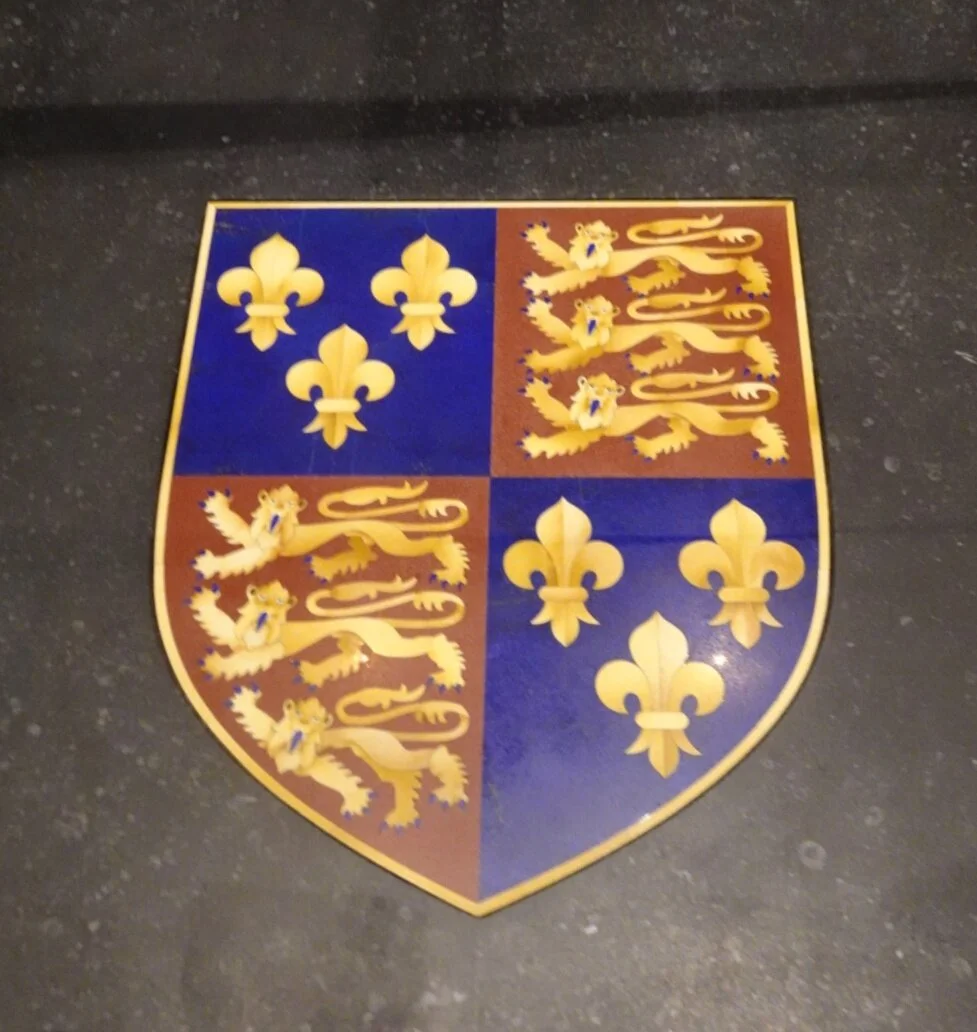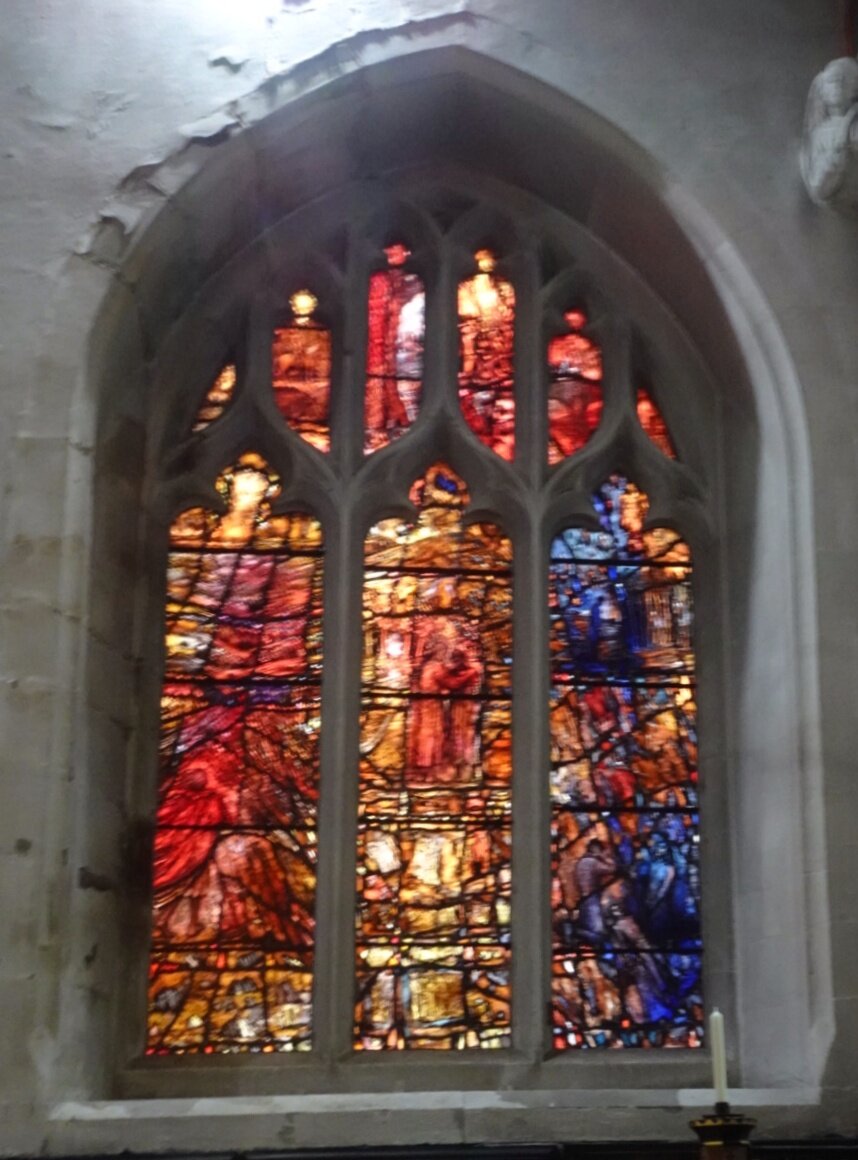The King in the Car Park
It wasn’t the best day to sally forth on a bit of a birthday jolly, was it? We’d booked dinner tonight at a special restaurant with rooms and thought that, on the way, we’d pay a visit to King Richard III, the “King in the Car Park”.
My Hero worked in Leicester, not far from here in fact, for a couple of years in the 1980s and though we were familiar with the city way back then, it’s a long time ago now! We lived north of the city in a small town called Shepshed, near Loughborough and I taught in a couple of local schools there. It might have been a different life though, so little did we remember.
We had timed tickets for the visitor centre and my Hero had checked opening hours of the cathedral opposite, where the King now lies. There wasn’t enough time to do the “real thing” justice before a service was about to begin, so we went over to the exhibition to get the story.
This is very much the Richard III corner with just steps in between the key locations. A good job when it’s pouring with rain.
Before I go any further, rather than outline the whole story here, I’ll simply offer a link to the background here, with some clues to what makes all of this rather special.
Because the first thing that we came across was a lot - a lot - of history! I don’t really do history but I do like to see interesting ways of presenting information like this and so as my Hero read all the details, I was perfectly happy snapping pictures and gathering ideas. I knew the broad outline of Richard III’s story - enough to be going on with, anyway.
The next room - the throne room - presented the information in audio visual format, with figures introducing themselves and telling their story. A rather easier option for me!
When we arrived, we’d been given a stylus with which to access the touchscreens hygienically (assuming the stylus had been sanitised, of course!) No excuses for not exploring the possible answers to the mystery of the Princes in the Tower then (still a mystery though there are theories)
Throughout the exhibition, reference was made to Shakespeare’s Richard III - here with the background to the “my kingdom for a horse” quotation.
This part of the exhibition closed with the Battle of Bosworth Field in 1485 where the King was killed. It was fought just up the road from here and the display went on to describe how the King’s body had been brought to Leicester to the Greyfriars Priory which had been adjacent to where we were standing here.
The history now complete, we progressed upstairs to the contemporary story. Richard III has generally received a less than favourable press since his death and the first exhibit evaluated the varied portrayals of the man in the light of objective interpretations of modern research.
Moving swiftly on, the next area told the story of the discovery, presented in video presentations from several of the key people involved. We’d viewed a particularly interesting presentation from the Leicester University Archaeologist a couple of months ago and the story told here served only to confirm what a truly amazing story it was.
Now I was a bit sceptical of the next bit: the application of contemporary science to what was known. However, the modern demonstration of Richard III’s armour was fascinating, especially as it showed the vocabulary applied to fifteenth century armour. Tassets, voiders or greaves anyone? That this particular exhibit resembled a 15th century stormtrooper was beside the point…
An exhibit showing how the King’s skeleton had confirmed his battle wounds was gruesome and fascinating in equal measure.
Whereas the totally gruesome task of facial reconstruction was made rather less so by means of an interactive computer simulation. When completed by professionals, the end result had been uncannily accurate in confirming the accepted appearance of the king.
Last but not least, we made our way to the grave…the actual place in the car park where Richard III’s bones had been discovered, under a space marked “R”
His bones had been located in a surprisingly shallow grave, with all the signs of having been dug rather hastily and discovered on the first day of the archaeological exploration of the car park. The tiles shown in the top right of the excavation reveal how close to the surface the king’s grave had been.
He lay just to the left of that excavated area in a grave too short for his stature. His skeleton revealed all the evidence of wounds suffered in battle and the scoliosis which was known to have affected his spine. A final DNA test confirmed his identity - the moment in the film of the discovery that sent a shiver down our spines too.
We chatted a while with the gentleman by the grave and agreed that it was indeed a story too good for fiction. That the circumstances of the discovery of his remains under the car park were just too good to be true and the whole story was utterly remarkable. The white roses planted in the garden were a lovely choice too and were typical of the thought that had been applied throughout the design of the “experience”.
Enough of the experience though, what about the “real thing”? We made our way back over to the cathedral where the service was over and we could take a look at Richard’s final resting place.
There was no doubt where to go.
Behind the altar was a small chapel in which the marble sarcophagus was placed. A simple, unadorned slab with a deeply incised cross - said to signify the deep wounds he suffered - lay on a dark plinth of Irish granite.
Beautifully simple, contemporary and classic at the same time.
The coat of arms at the foot of the sarcophagus was a little gem: handcrafted from inlaid stones, Afghan lapis lazuli and Duke’s Red from Derbyshire all used to great effect by English craftsmen.
The steward in the chapel drew our attention to the modern stained glass which had been installed at the same time as this new chapel. She also answered the question my Hero asked as to the whereabouts of the pall, which he had recalled so vividly from his visit a couple of years ago and which he thought I would appreciate. since this post is already getting a little long, I will share details of both in my next post.
The fact that we have just enjoyed a ten course tasting menu with wine pairing has nothing to do with it, of course ;-)







